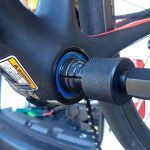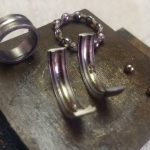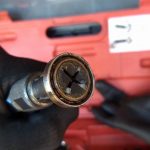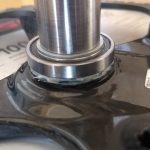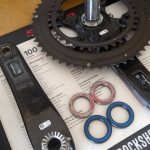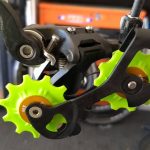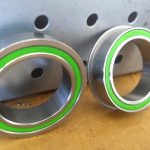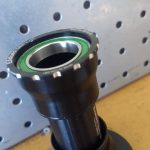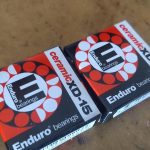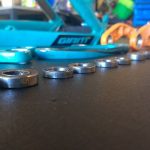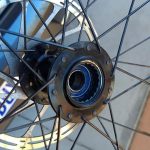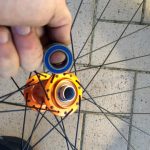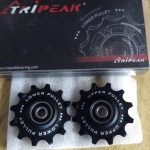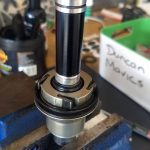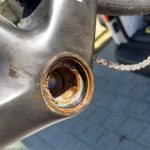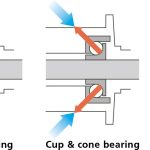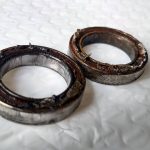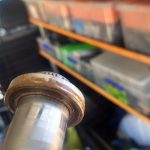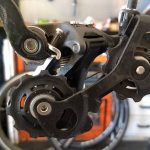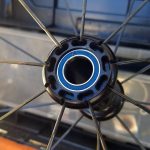What’s in a Bearing?
Bearings might just be the most benign, uninteresting part of a bike to the casual observer. You can’t see them, and unless they’re completely seized or so worn out they have excessive movement it’s unlikely that a car park test will reveal much about the bikes performance.
And yet, I sell more bearings than any other consumable component, to people who are suddenly blown away by the fact that their bike has never come back from any other service, anywhere else, with such a profound improvement in the way the bike rides. For added perspective, I always give riders their old bearings back so they can see just how bad they were! (A little mental edge never hurt anyone 🙂 )
There are 5 main categories of bearing shown in the gallery below:
Wheel Hub Bearings (inside the yellow hubs)
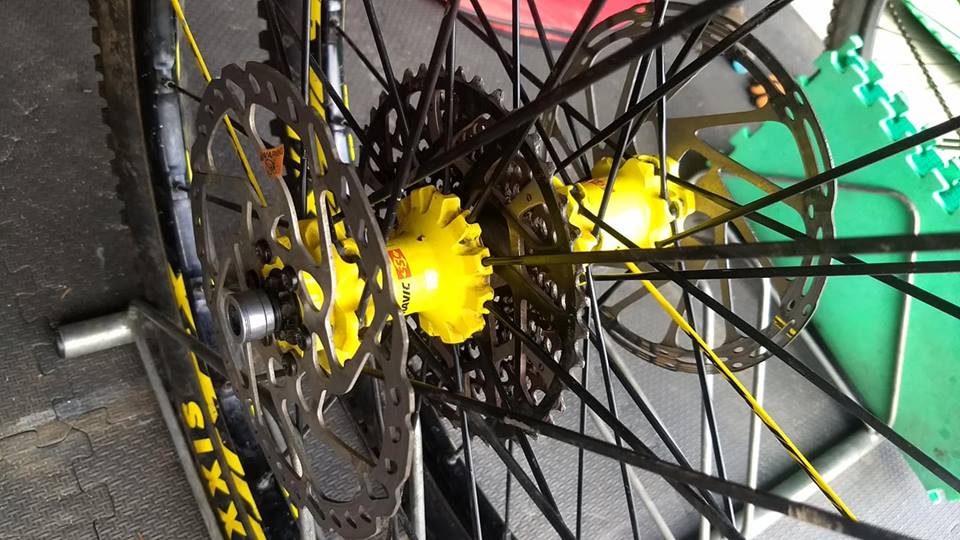
Bottom Bracket Bearings (they support the axle between your left and right cranks)
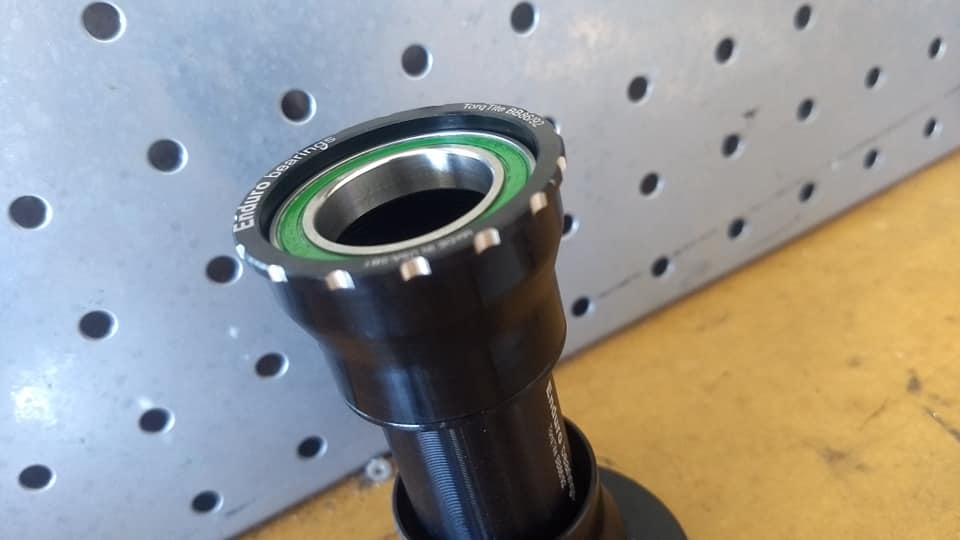
Jockey Wheel Bearings (hidden under the gold spacer in the image below)
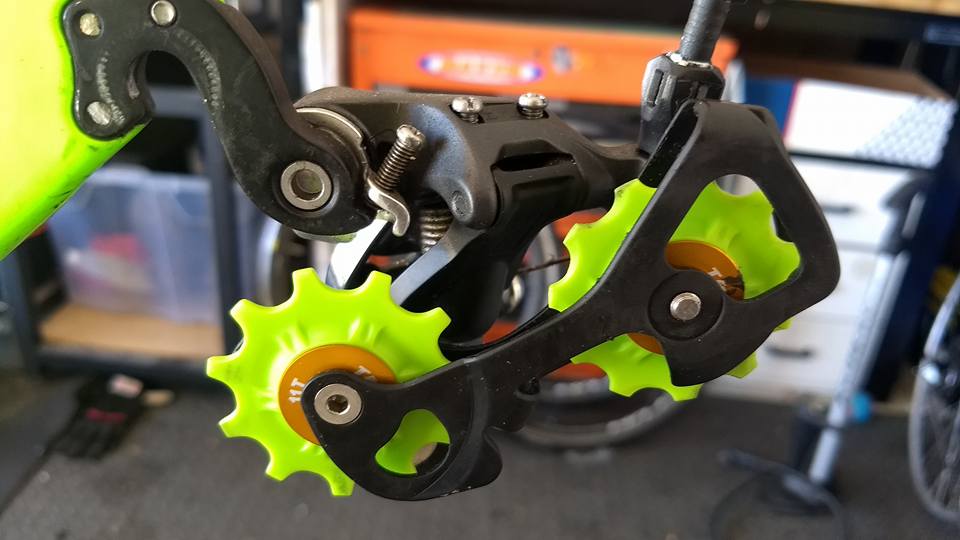
Suspension Pivot Bearings (mountain bikes)
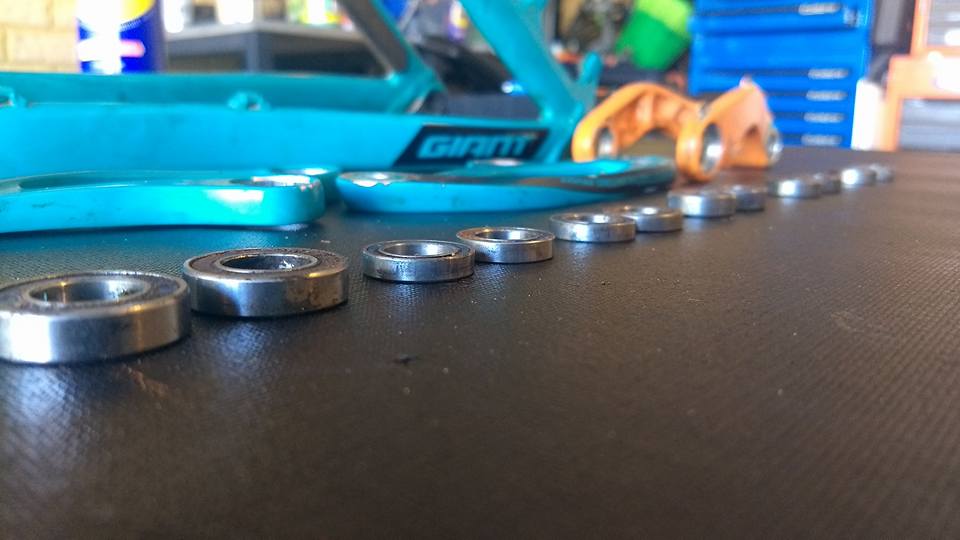
Headset Bearings
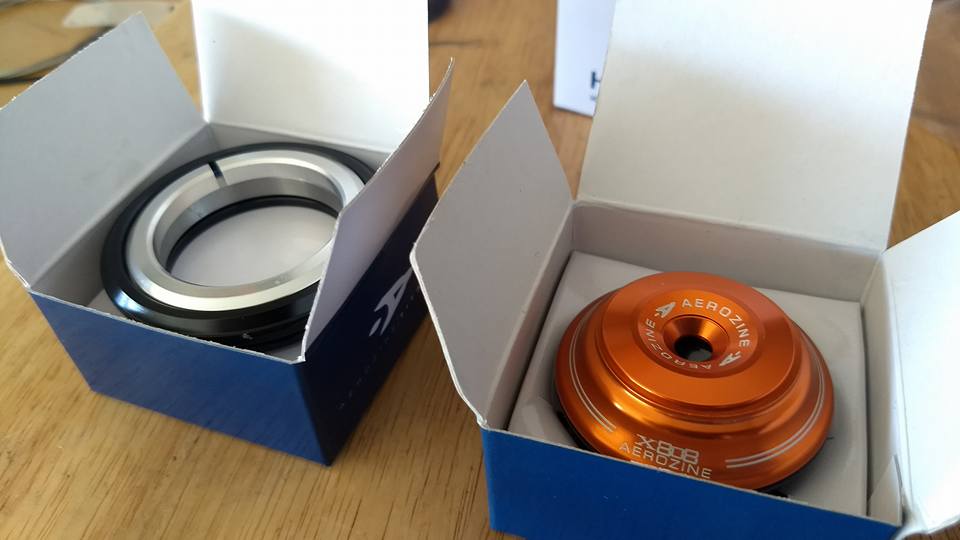
Within these categories we also have the option of ‘deep groove radial’ or ‘angular contact’ type internal arrangements. I like to spec angular contact bearings in all bottom bracket upgrades as they are better designed to handle the large side-loading forces riders can exert through the cranks.
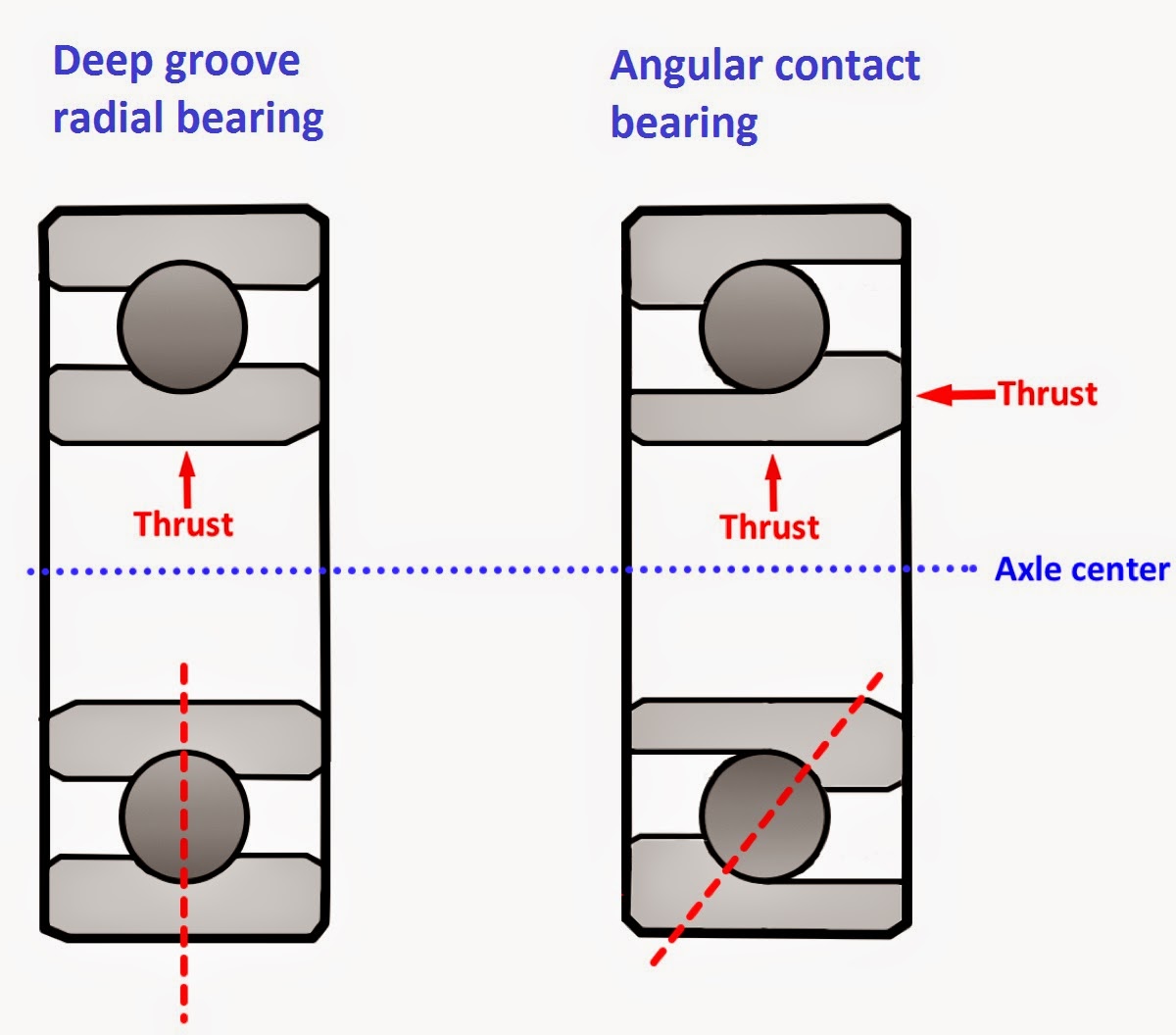
And THEN, last but not least, there is always a choice of high quality hybrid steel internals, or ceramic types. So…….5 categories x 2 configurations x 2 material types. That’s a fair few more possible bearing types than most people are aware of!
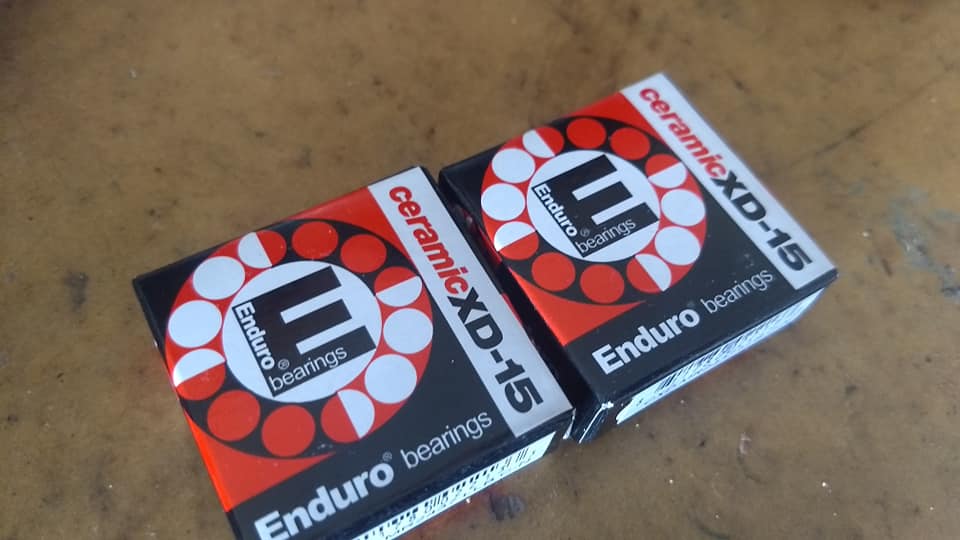
Let’s consider how much mechanical gain there is to be made in JUST the bearings that a bike rolls on, and transmits power through (ignoring the mechanical efficiency of the chain, gearing and of course aerodynamics)
- Rear hubs almost always have 4 bearings in them (2 in the main body under the spoke flanges, 2 inside the freehub body. Some Hope MTB hubs have 5 bearings!
- Front wheels have another 2 bearings.
- One in each of the two jockey wheels inside the derailleur cage.
- Bottom bracket has two.
- Pedals can have 1-3 bearings per side.
So, front hub + rear hub + jockey wheels + bottom bracket + pedals = 12 to 16 bearings in total!
16 potential sources of unwanted mechanical loss, noise and vibration. Now, this is where I have to concede that all gains in performance are subjective. I’m not lab testing a bike before and after bearing replacements, and even then, minute differences in the tolerance of a bearing seat on any given component can drastically affect the power required to spin a bearing when pressed in. One tenth of a millimetre difference in bearing seat diameter is all it takes to go from a bearing that simply falls out of it’s housing, to a bearing that starts to bind under compression.
CyclingTips wrote a fantastic piece with FrictionFacts about measured gains/losses in the lab for a given bearing size with different types of lubrication. Check it out here if you fancy a read.
It’s important to understand that a fresh complement of bearings isn’t just for the rider about to line up for an Iron Man or epic road race – of all the regular consumables that get changed on a bike during a service they are one of the biggest contributing factors to that elusive “new bike” feeling.
So – whether you’re a DIY’er wrenching on your own bike at home, or a seasoned road cyclist just wanting to give your bike the birthday it so desperately deserves, drop me a line here at The Local Spokesman. I carry a massive range of Enduro bearings for all cycling applications – including TorqTite bottom bracket shells and pre-packed pivot kits for all makes and models of dual suspension mountain bikes.
Check out the gallery below to see the kind of bearings I encounter on a day to day basis in the workshop.
